I woke up at the Hotel St. Denis in Natchitoches, and spent most of the day mispronouncing the town name. My brochure from the city provides the helpful rendering of “Nack-A-Tich,” which is hard to figure out in that combination of letters, a old French transliteration of a native name. I tried to avoid using the word all day because I knew the natives would just giggle. I may not be able to name it, but Natchitoches is a very charming small city, the kind of place that makes a good stage for Hollywood films set in charming Southern cities. The 1989 tearjerker Steel Magnolias was filmed here; I wonder if 1000 Hallmark films have been set there as well. Both the hotel and the town were picturesque, and I set off first for a walk to get my bearings. I wandering the shops on Front Street and visited the minor basilica of the Immaculate Conception.
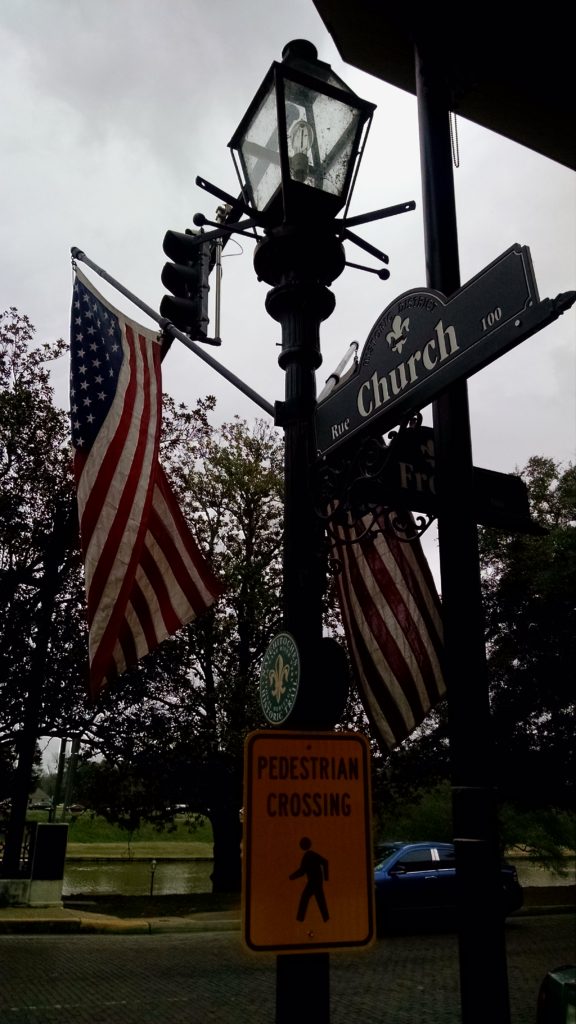
Once I had done my wandering and shopping, I headed to Fort St. Jean Baptiste, a state historic site which contains the original French settlement on this land at the intersection of French and Spanish colonial realms which had been home to indigenous peoples through the height of both colonial eras. The site includes the remaining settler buildings, and tells a story more of trade and cooperation than battle and slavery. The site included a pleasant, self-directed walking tour and I learned a bit about the area.
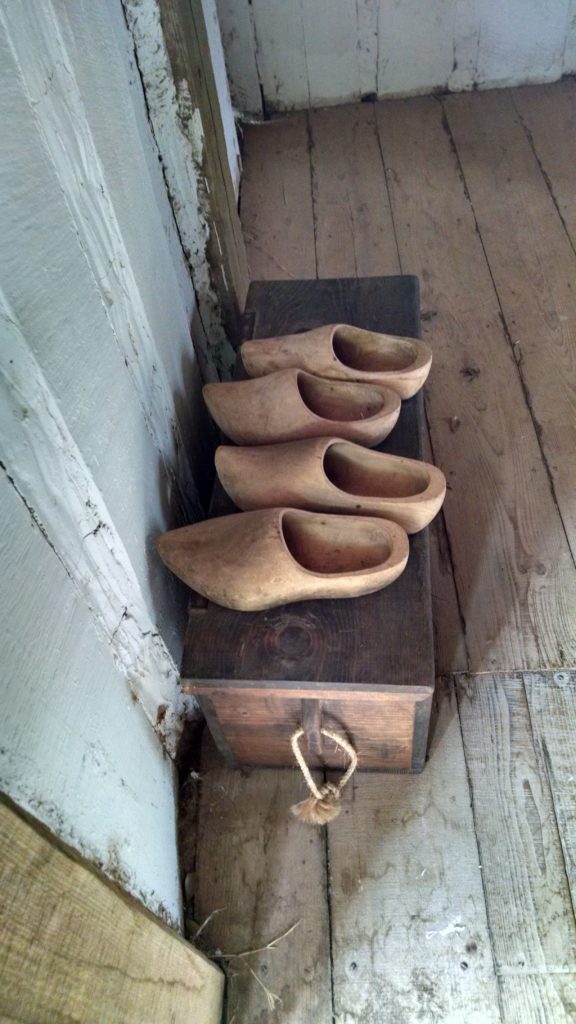
Before I left town, I stopped in at Lasyone’s Pie Restaurant, a local landmark that boasts great food. It had a 1950’s feel, and I enjoyed a robust lunch/dinner, which included crawfish pie, cajun dirty rice, broccoli casserole, and salad from the bar. It was a feast. A diner near me ate gumbo out of a boat, a family near me bowed their head in prayer, the wait staff acted like they knew everybody there, including me.
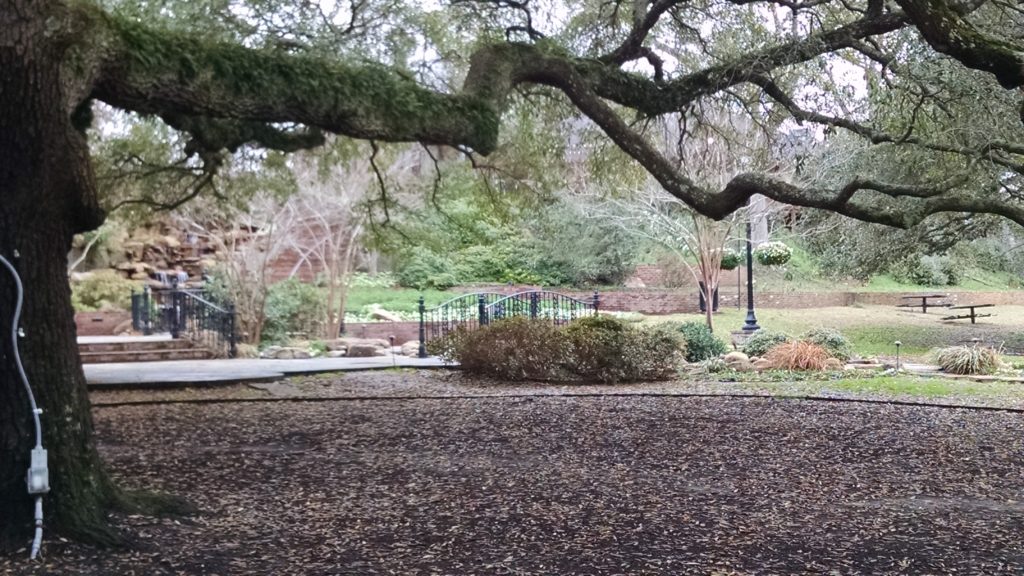
Fueled on fantastic food, I headed to the Cane River Creole National Park, which is the name for two sites of local history. The first stop included Oakland Plantation, the home of the Prud’homme family from the early 19th century through the 1990’s. The house contained an eclectic collection of the family’s belongings and tenant farmer quarters. The local store, which operated at least until the 1980’s, is also still intact. Visiting it, I was struck again about the vagaries of fortune in the area. The story mirrored what I had already seen before: early 19th century wealth based on enslaved labor and export crops, then after 60+ years of prosperity, the Civil War and an effort to continue to make a living in agriculture that ultimately ended. The site exuded faded elegance, as 19th century French furniture was interspersed with appliances and comforts through the 1950’s, which was the last major renovation. It resembled the remote Depression-era farms of the Midwest more than a glamorous plantation of the imagination, and the rural areas still seem impoverished, at least as one travels on state routes. As when I traveled in Indiana, I wondered about the short interval of fabulous wealth that long faded in a world where there is little evidence of innovation.
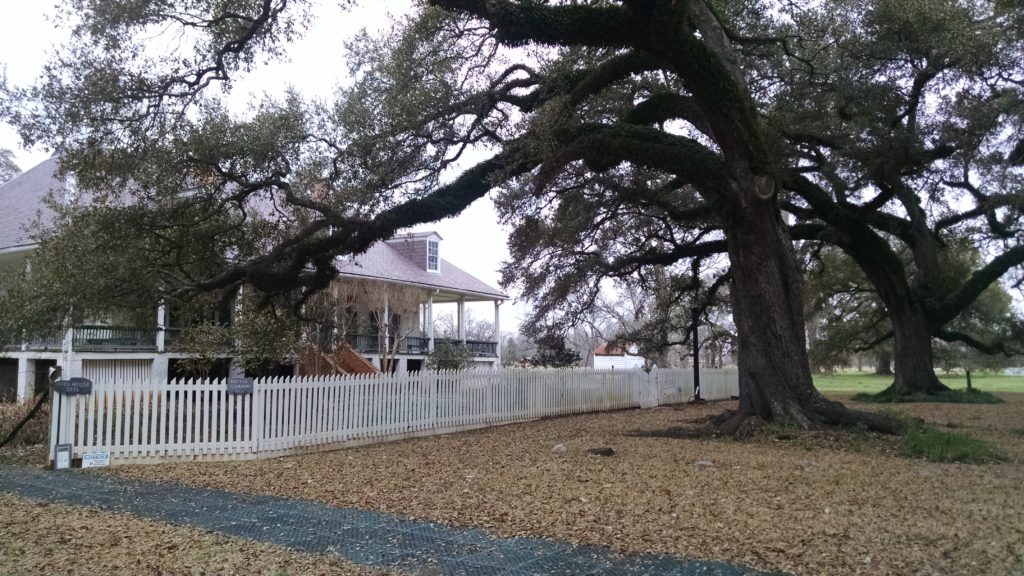
A volunteer guide took us around the Prud’homme buildings and she had limited patience for the family of French speakers who quietly translated her story, but failed to follow her directions. At the Laura Plantation, one of the young guides was delightfully honest: “I’m sure there’s a reason they changed the colors from blue to gray on the slide,” he said, “but I don’t know what it is.” This guide eventually told the French mother that, if she wanted to mumble to her kids about the place [referring to translation], that was fine but she would not pause for it.
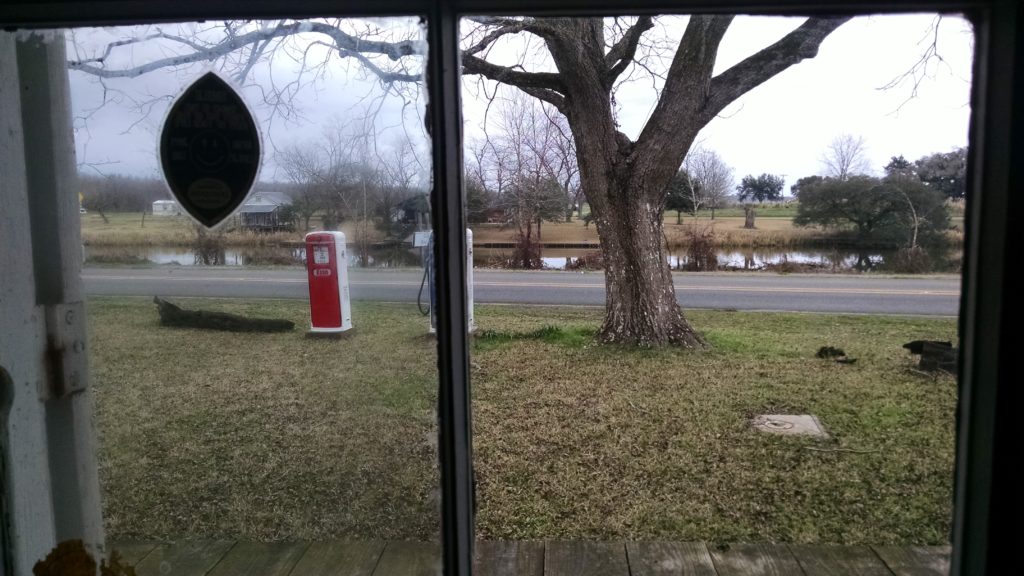
I made my way there to Magnolia Plantation, the other estate that makes up the national park. The big house there had been burned down during the Civil War, but the enslaved peoples’ quarters were said to be intact. Unfortunately, the site had closed by the time I found my way there. I paused for a moment to determine my next steps. Until this point, I had been moving northward in the state and hoped to see an interesting Bonnie & Clyde attraction in Shreveport and a Louisiana Purchase site in Monroe. Often, in bigger states, I have to make a call based on time and distance. With only a weekend left in my stay, I decided to circle back to spend the evening in Lafayette.
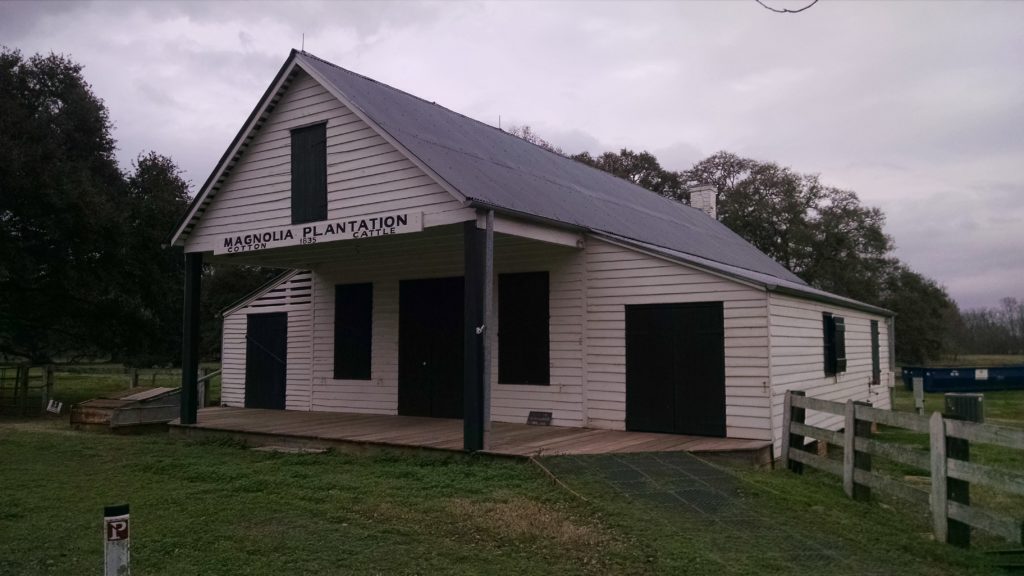
I managed to navigate the area well enough to stop at St. Augustine Church, which was established by black freedmen in 1854. I expected to find a quietly decaying inaccessible church, but I found a thriving parish of 400 families instead. I know this because the pastor was sitting on the front porch when I arrived and suggested that I attend Stations of the Cross that evening. My guide to Zulu parade had told me that, as I head north, I would find that the state becomes increasingly Anglo-Protestant, like Arkansas. Clearly, I was still in Creole Catholic territory.
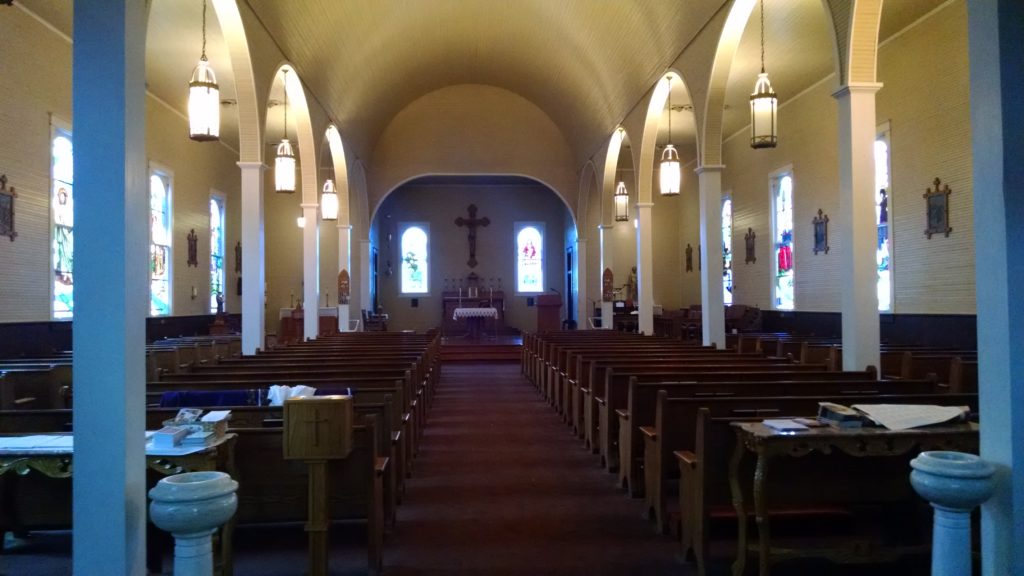
Mass and Stations notwithstanding, I pressed on to Lafayette, a locus of Cajun country. I had booked a B&B there and planned to have an early night as I had already had an active day. But my friend from Zulu Parade texted to remind me that a great Cajun folk fusion band, Sweet Cecelia was performing in Lafayette that evening. He could not make it up to see them, but was concerned that I would miss them, and that would be a loss. Generally, I don’t enjoy much of a nightlife when I am traveling alone, but my B&B was about a mile away and I wanted to see what Cajun folk fusion sounded like. And my trip planner would kill me if I missed it when I was so close. So, off I went to The Grouse Room for two bands. I was adopted by two women friends out on the town without their men, and even got asked to dance. The acoustics were not fantastic, but the band was excellent. The second act was supposed to be a band that blends zydeco and 80’s music, but I could not find the fusion for the zydeco. After a couple of songs, I made my way back to the B& B.
My plan was to go straight to bed, but three of my fellow guests invited me to join them for a drink. There was a couple from Shreveport who like to visit haunted places (first I learned that the B&B was haunted, but can’t say I was surprised) and the third was Liam, a visitor from the UK with origins in Co. Clare who vacations by going to live musical events. I believe he was making his way from Texas through New Orleans then up to Nashville at this point, but first Lafayette. We sat up talking for awhile, but as we talked, the male of the haunted couple got meaner and drunker. Liam wanted to talk about American politics, and I tried to side step it, which put the other man on the offensive because I must be one of them liberals from DC and he is taking the country back. Sometimes I hate what America is becoming. I don’t think Liam knew that he was playing with fire. I gently told the drunken fellow that he did not know me and that I don’t want to be painted with one brush. That silenced him, but his resentment was obvious as he outpaced us in drink and his girlfriend mouthed apologies.
I headed back to my room wondering if I was going to meet any more ghosts before I fell sound asleep. It really had been a great day.
